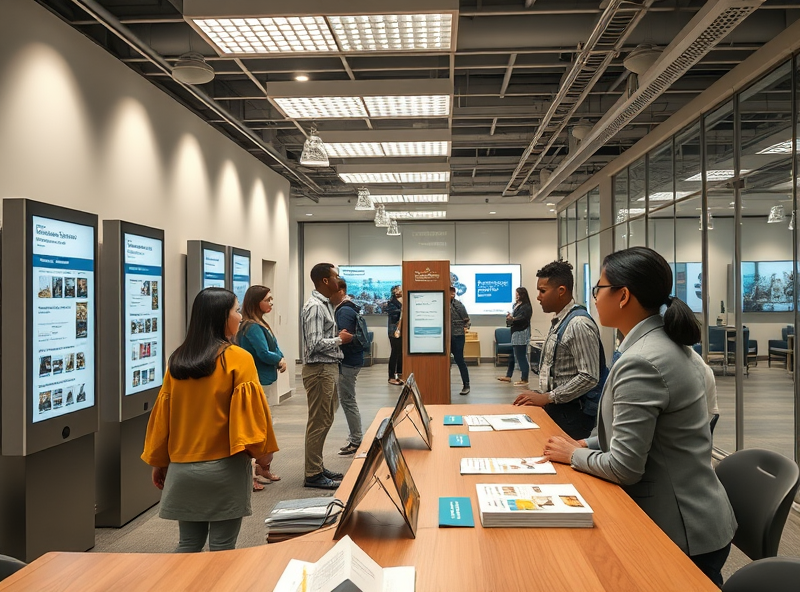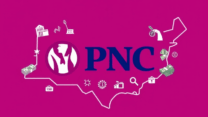
Government Support Programs for the Unemployed (Beyond Benefits)
Comprehensive Job-Seeker Support Program

When we think of government support for the unemployed, unemployment benefits often come to mind first. However, many countries now offer far more comprehensive programs designed to help job seekers not only survive but thrive. These programs go beyond financial aid to provide education, training, career counseling, and even mental health support.
A Comprehensive Job-Seeker Support Program typically includes personalized career guidance, access to vocational training, resume and interview coaching, and job placement services. These services are often tailored to individual needs, helping people transition into new industries or upgrade their skills to meet current labor market demands. For example, many programs offer free or subsidized courses in high-demand fields like IT, healthcare, and green energy.
Additionally, some governments partner with private sector employers to create internship or apprenticeship opportunities, giving job seekers real-world experience and a foot in the door. Mental health support is also increasingly recognized as essential, with counseling services and stress management workshops included in many support packages.
For those who are long-term unemployed or facing barriers such as disability or lack of formal education, specialized support services are available. These may include job coaching, transportation assistance, and even childcare support to remove obstacles to employment.
One excellent example is the U.S. Department of Labor’s CareerOneStop (https://www.careeronestop.org/), which offers a wide range of free resources for job seekers, including skill assessments, training programs, and job search tools.
By taking advantage of these comprehensive programs, individuals can not only find employment more quickly but also build a more sustainable and fulfilling career path.
Youth Employment Assistance and Training

Youth unemployment remains a significant challenge in many countries, but thankfully, there are government-supported programs specifically designed to help young people transition into the workforce. These initiatives go beyond unemployment benefits and focus on equipping youth with the skills, experience, and confidence they need to succeed.
One of the most impactful programs is youth employment training, which often includes vocational education, internships, and apprenticeships. These programs are tailored to meet the needs of emerging industries, such as green energy, digital technology, and healthcare. By participating, young job seekers can gain hands-on experience and industry-recognized certifications that improve their employability.
Governments also offer job-matching services and career counseling through public employment centers. These services help young people identify their strengths, explore career paths, and connect with employers who are actively hiring. In some countries, wage subsidies are provided to employers who hire and train young workers, making it more attractive for businesses to invest in youth talent.
For example, the U.S. Department of Labor’s YouthBuild program provides education, job training, and leadership development for young people aged 16–24 who are out of school and unemployed. Programs like these are not only life-changing for participants but also contribute to a stronger, more inclusive economy.
To learn more about government-supported youth employment programs, you can visit the official U.S. Department of Labor website: https://www.dol.gov/agencies/eta/youth
By taking advantage of these resources, young people can build a solid foundation for a successful career and a brighter future.
Women’s Career Relaunch Support

Reentering the workforce after a career break can be challenging, especially for women who have taken time off for caregiving or personal reasons. Fortunately, many governments now offer targeted support programs that go beyond traditional unemployment benefits to help women relaunch their careers with confidence and updated skills.
One of the most impactful initiatives is government-funded returnship programs. These are structured, short-term employment opportunities designed specifically for individuals reentering the workforce. They often include mentorship, skills training, and networking opportunities. For example, the U.S. Department of Labor supports programs that collaborate with employers to create returnships tailored to women’s needs.
Additionally, career counseling and job placement services are available through local employment centers. These services help women identify transferable skills, update their resumes, and prepare for interviews. Some programs even offer childcare support or transportation subsidies to reduce logistical barriers to employment.
Governments also fund free or low-cost training in high-demand fields such as IT, healthcare, and business administration. These programs often partner with community colleges or online platforms to provide flexible learning options that fit around family schedules.
For women entrepreneurs, small business grants and mentorship networks are available to help turn ideas into viable businesses. These initiatives not only support financial independence but also foster innovation and community development.
If you’re interested in exploring such programs in the U.S., you can start with the U.S. Department of Labor’s Women’s Bureau: https://www.dol.gov/agencies/wb
These resources are designed to empower women, build confidence, and ensure that a career break doesn’t mean the end of a professional journey. With the right support, relaunching a career can be a fulfilling and successful experience.
Incentive Programs Encouraging Hiring

When we think of government support for the unemployed, unemployment benefits often come to mind first. However, one of the most impactful yet lesser-known strategies is the use of incentive programs that encourage employers to hire job seekers. These programs are designed to reduce the financial risk for employers while helping individuals return to the workforce more quickly.
One key example is the Work Opportunity Tax Credit (WOTC) in the United States. This federal tax credit is available to employers who hire individuals from certain target groups that face significant barriers to employment, such as veterans, ex-felons, or long-term unemployed individuals. By offering tax savings, the WOTC motivates businesses to consider candidates they might otherwise overlook.
Another helpful initiative is wage subsidy programs. These programs provide temporary financial assistance to employers who hire unemployed workers, effectively lowering the cost of onboarding and training. In countries like Australia and Canada, such subsidies have proven effective in boosting employment rates, especially among youth and older workers.
Additionally, many local governments and workforce development boards offer grants or reimbursements for job training when hiring new employees. This ensures that both the employer and the new hire benefit from skill development, increasing job retention and productivity.
These incentive programs not only support job seekers in finding meaningful employment but also help businesses grow with reduced hiring costs. If you’re an employer or someone looking for work, it’s worth exploring what programs are available in your region. You can learn more about the WOTC program through the U.S. Department of Labor’s official page: https://www.dol.gov/agencies/eta/wotc







